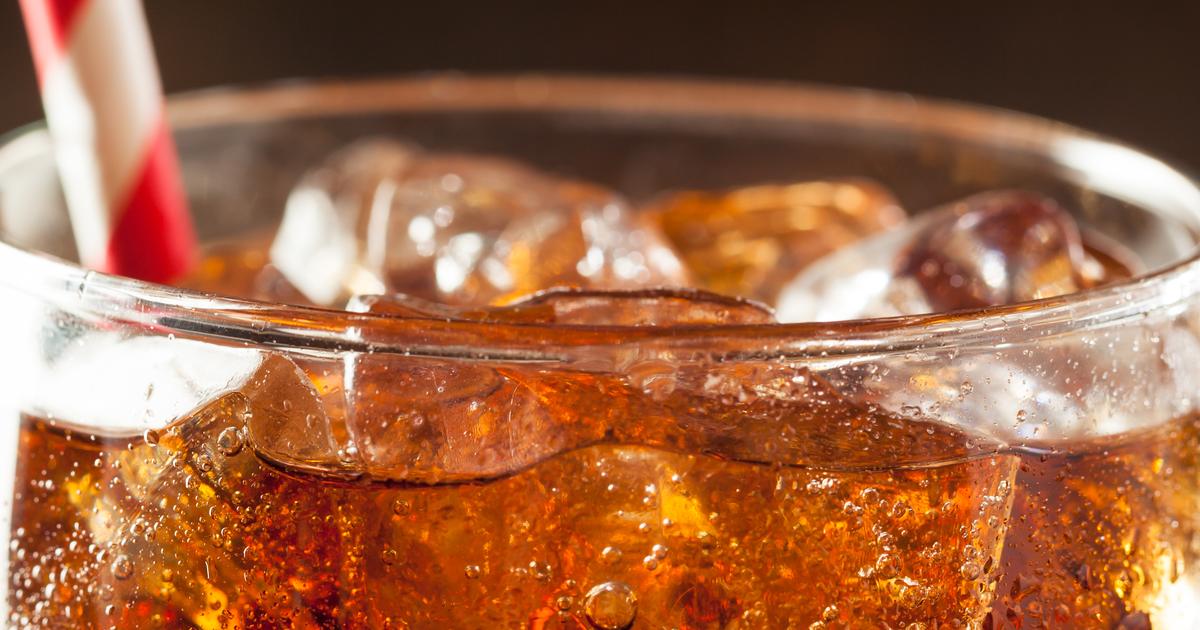Ways To Treat Dry Socket
Avoid Carbonated Beverages And Straws

It's important to avoid carbonated beverages and straws following a tooth extraction. Sipping drinks with a straw is one of the biggest things that can cause dry socket. A blood clot forms over the hole where the tooth was extracted, which protects the nerves and the bone underneath from damage. Since straws cause serious suction and vacuuming in your mouth, sipping drinks with a straw can yank the blood clot out of the hole and lead to dry socket. This is true regardless of what kind of drink an individual is having. Even sipping water with a straw can be detrimental, as can sipping thick beverages like a milkshake. Patients don't want to create any suction inside their mouth. Continuing to drink with a straw after they've developed dry socket may make it take longer to heal. Carbonated beverages can also have a negative impact on dry socket, as they may increase feelings of discomfort against the nerve. Patients should avoid sodas, fizzy water, fizzy fruit juices, and other drinks that tend to bubble and froth.
Continue reading to learn more about how to treat dry socket now.
Brush Teeth Gently

Patients need to brush their teeth gently both after a tooth extraction and developing dry socket. Gentle brushing can help prevent dry socket. It's common for patients to develop dry socket if the bristles of their toothbrush move over the extraction site, causing the blood clot to become dislodged. Patients will typically know if this happens very quickly because of the pain that follows. If individuals already have dry socket, brushing too roughly will lead to excruciating pain because of the stimulation against their nerves. Patients can talk to their doctor about the safest practices to use when brushing their teeth. The doctor may recommend avoiding brushing on that site, or they may show patients how to brush their other teeth while avoiding damaging the site of the tooth extraction. For some individuals, electric toothbrushes might be more precise than manual ones, making it easier to avoid accidentally hitting the extraction site. For others, though, a manual toothbrush might have less power, which means it's less likely to dislodge the clot even if it does accidentally bump the extraction site.
Get more details on treating dry socket effectively now.
